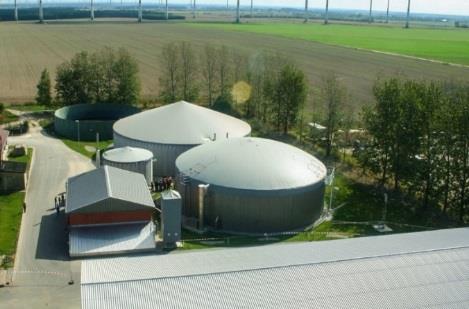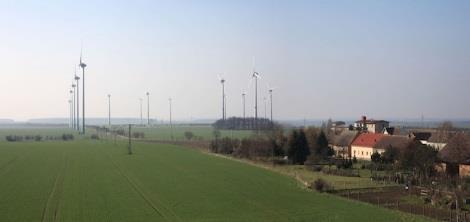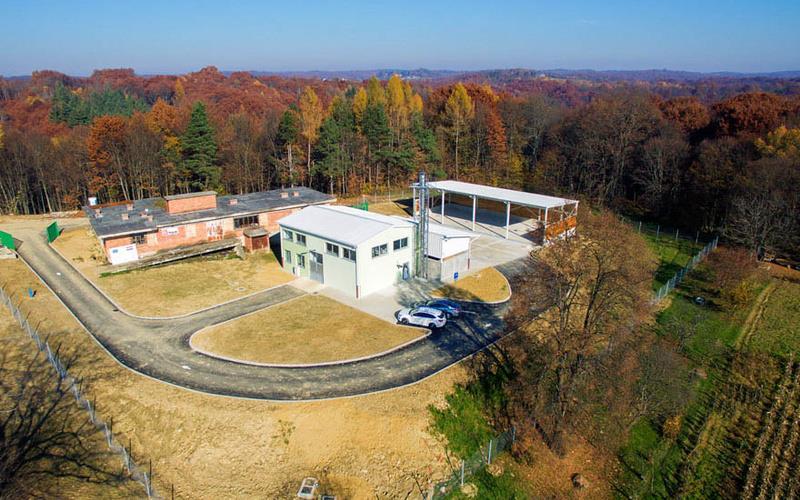Low carbon heat covers a number of different technologies and fuels. This includes heat pumps (where energy is sourced from the air, ground or water), bioenergy (biomass and biogas), solar thermal and geothermal.
Electrically powered technologies, such as heat pumps, can still be considered low carbon due to their high efficiencies (coefficient of performance) and will play an increasingly important role in heating when electricity can be sourced renewably, from sources such as wind, solar PV, tidal and hydro generation. Heat can be delivered through individual installations or through heat networks, which is where two or more properties share a single heat source.

Low carbon and renewable sources of energy for heat and other applications will reduce carbon emissions, with deployment driven by a number of targets. The role of low carbon heat beyond this is multifaceted and comprises factors such as energy security, energy prices, fuel poverty, resilience of communities, strengthening of local economies and beyond.

A high renewable energy share in heating does no guarantee low fuel poverty levels, yet on a basic level there is a connection between countries leading in low carbon heat deployment and those with low fuel poverty levels. This is highly dependent on contextual factors, where policies of leading countries have facilitated this scenario.
Low carbon heat networks have been retrofitted in rural parts of Europe and there is demonstration of a wide range of low carbon solutions being used.
In Germany and Austria the concept of the ‘Bioenergy Village’ has been a key driver for the rural development of low carbon heat. Bioenergy Villages can contribute massively to the decarbonisation of the rural energy supply, carbon reductions from 56% to 97% having been achieved.




Targets and progress on RES shares in heating and cooling


Key drivers for low carbon heat projects have been a mix of economic, social and environmental incentives, a desire to retain value in the region and often to move away from imported fossil fuels. This is often bolstered by political support, development programmes and availability of resources to use in energy production.
Low carbon heat facilitates greater opportunities to make use of local and regional resources and retain value in the area. It offers significant potential for wider social and environmental returns, such as the use of local resources, sales of heat and electricity, diversification of income ,and employment by use of synergies in local resources, livelihoods and blab energy generation, particularly so for for rural areas.
A structure involving a degree of community ownership is dominant in rural, small scale projects. National and regional incentives are often available to support farmers and foresters, for example, to develop energy production. Overall, a community led approach is cemented in public culture and policy.
Local authorities play a wide role in the provision of information, raising awareness and in providing financial support. The longevity of subsidies and supportive policy ml supports private financing opportunities, where perception of risk is reduced.
